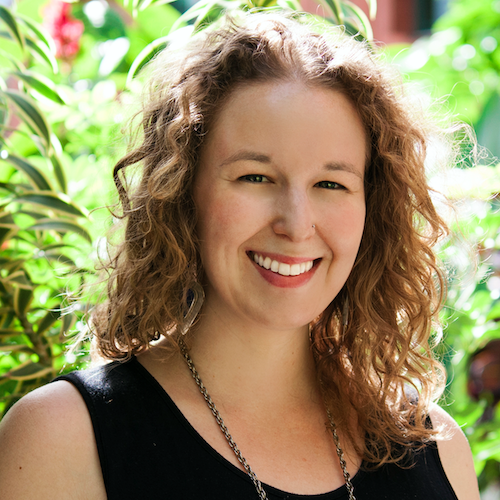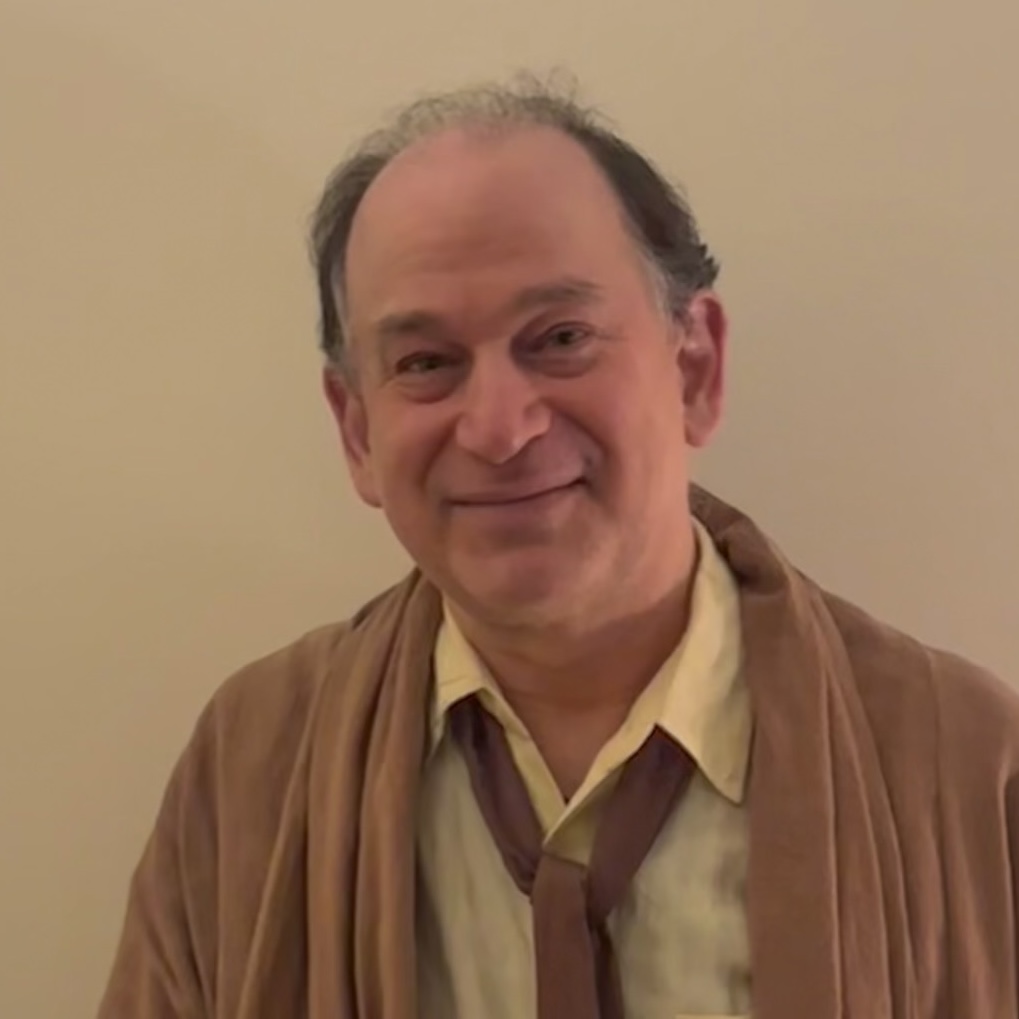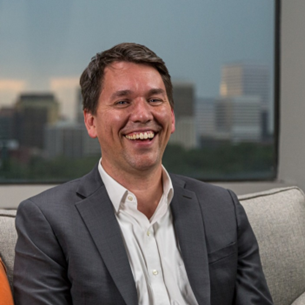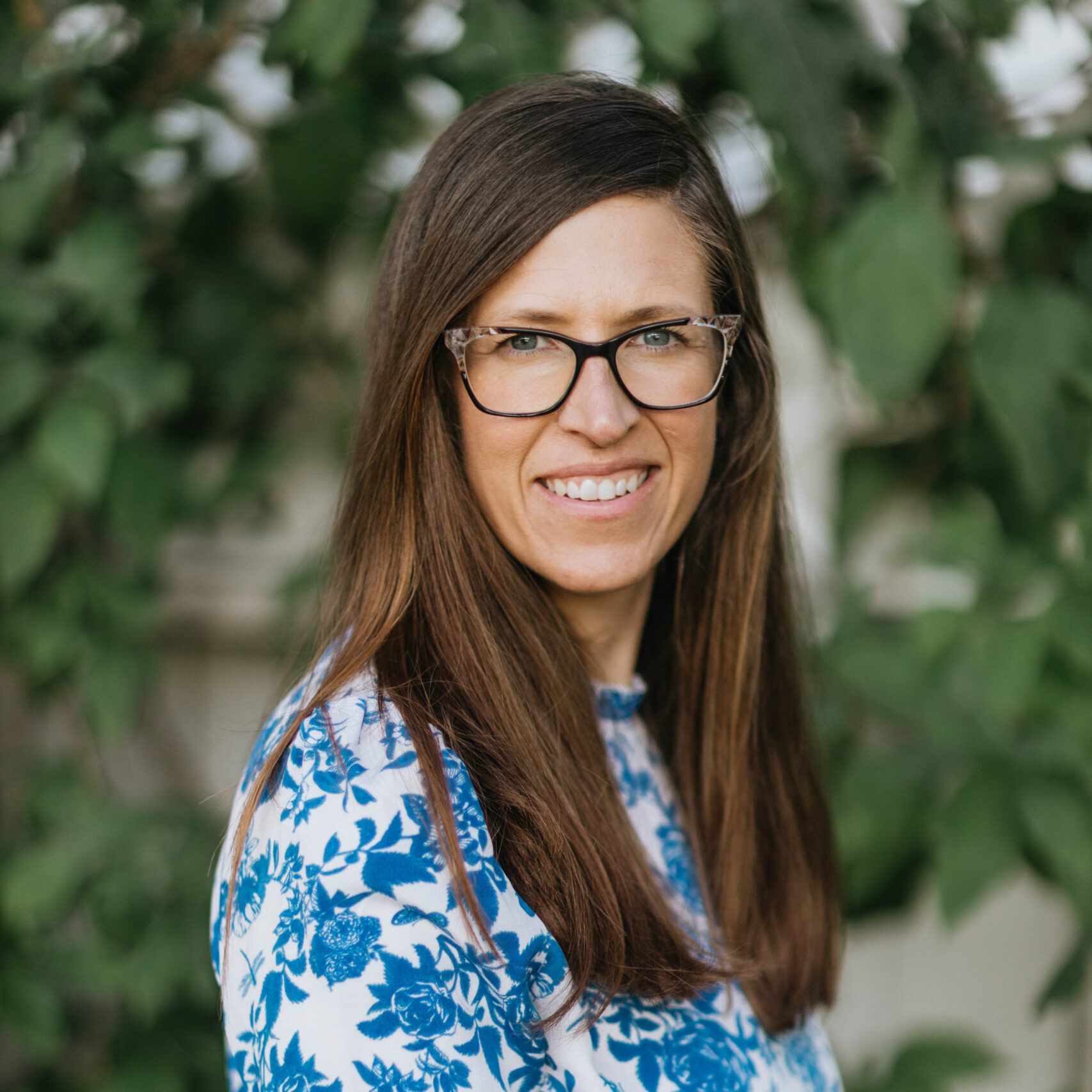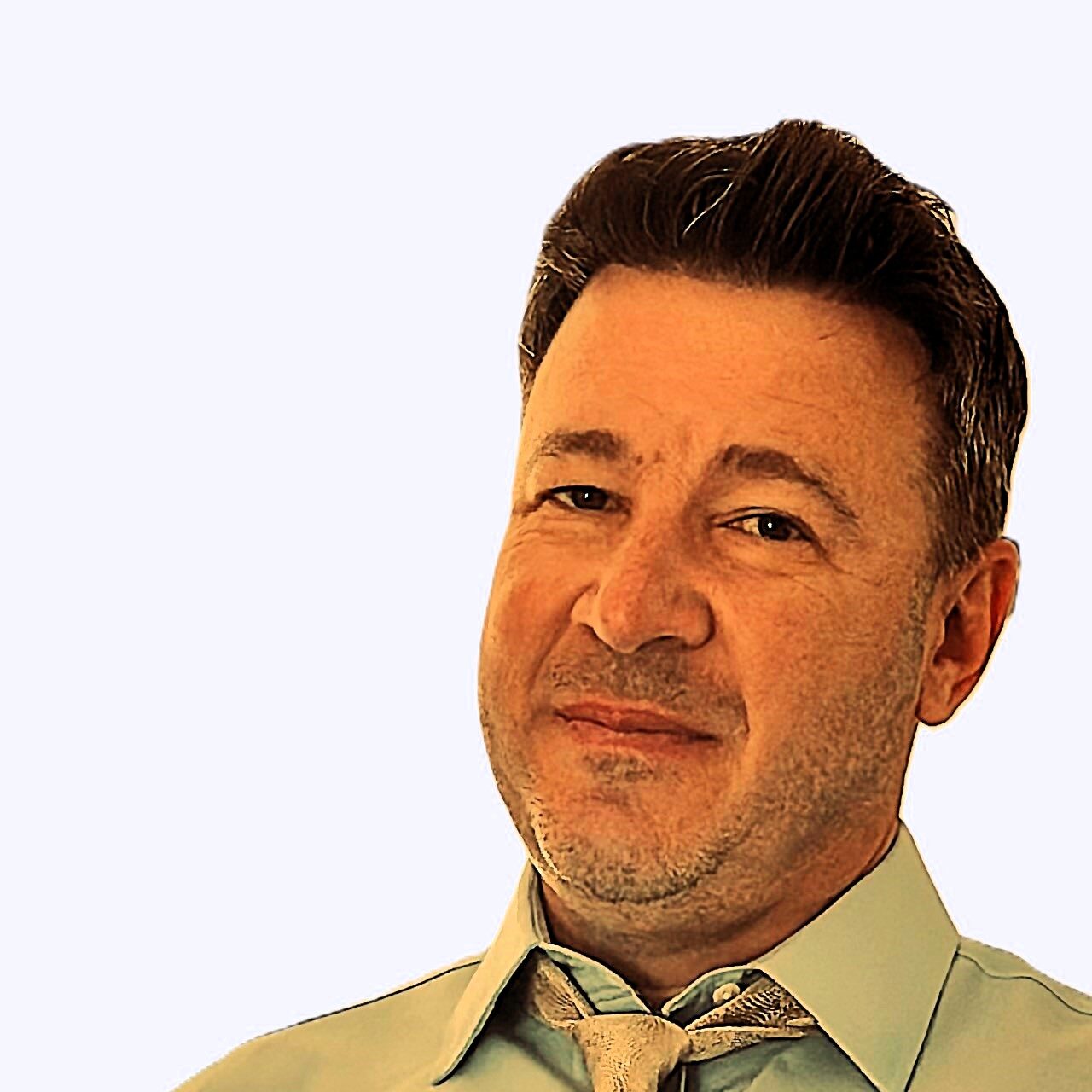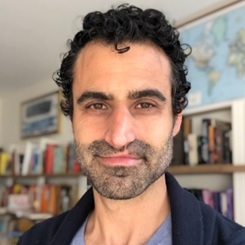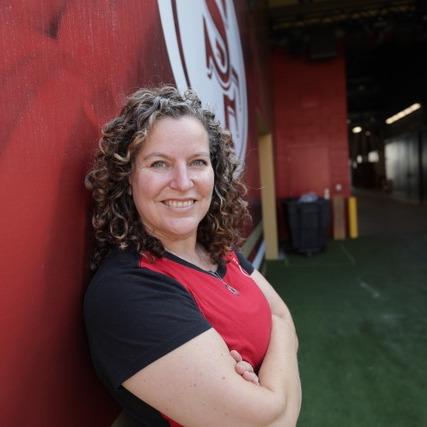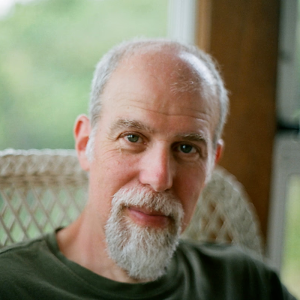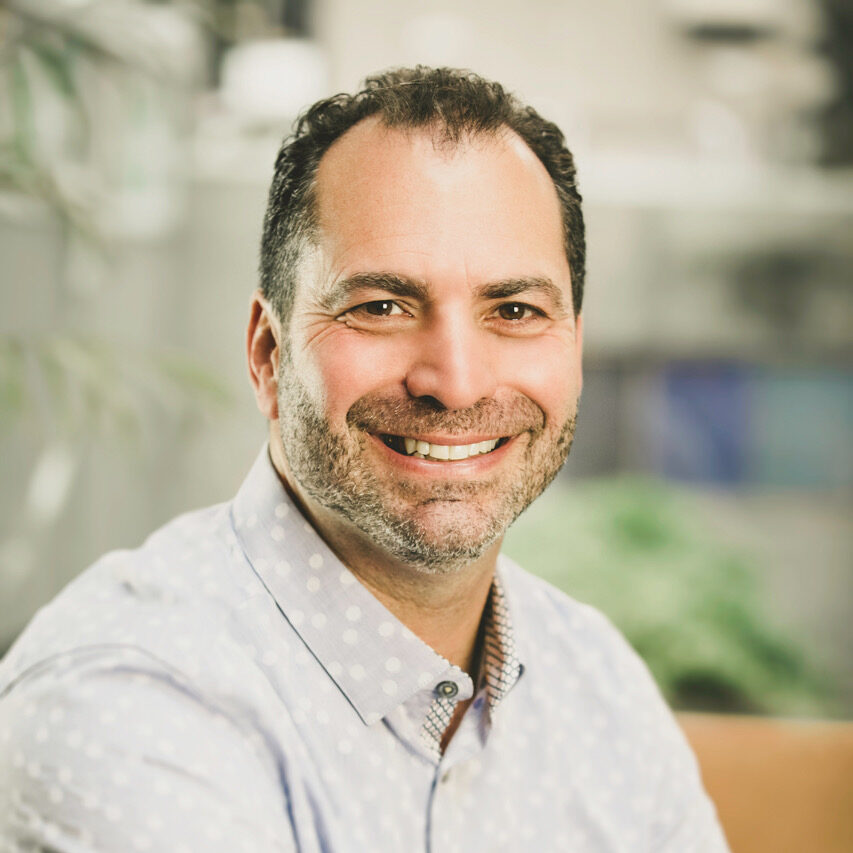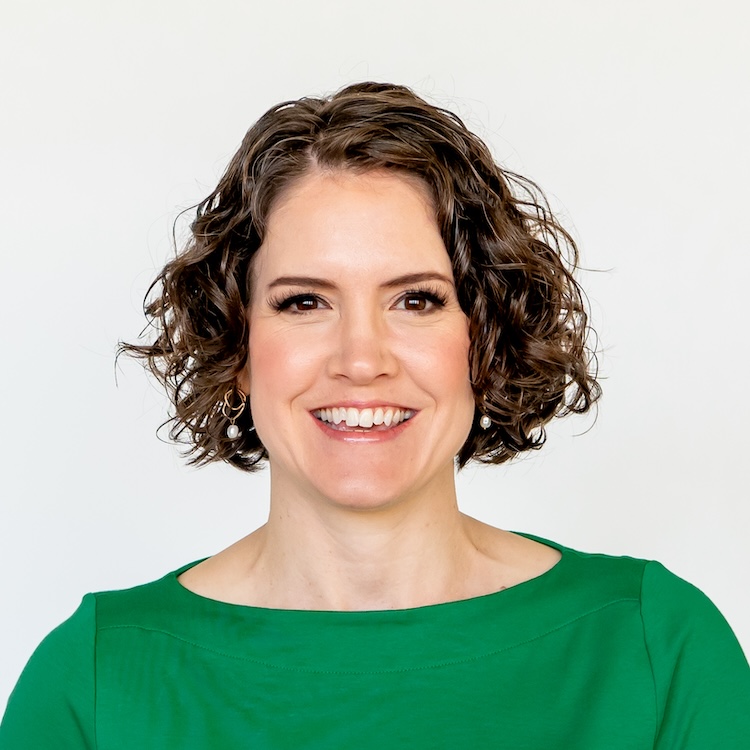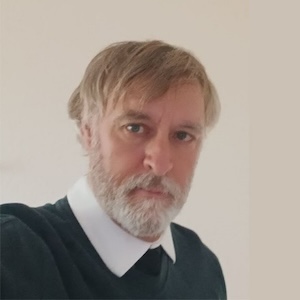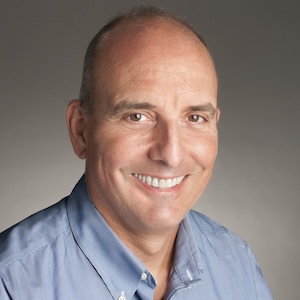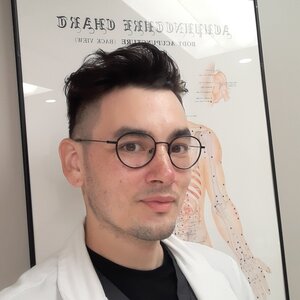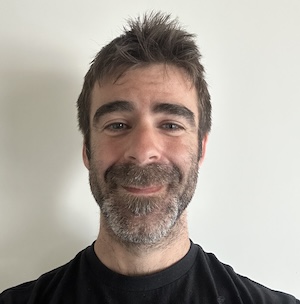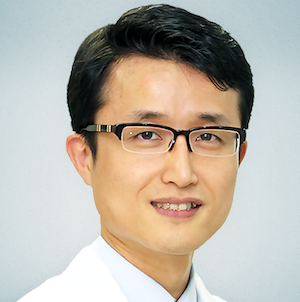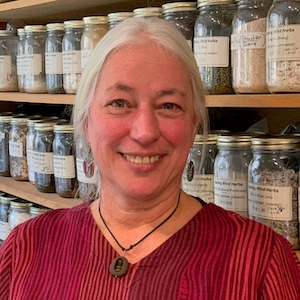Going back to those roots is not easy. Even for native speakers of Chinese, reading the 文言文 wen yan wen, the classic Chinese is difficult. For those of us in the modern West, these ancient texts are challenging. They require not just language, but a minset that views the world from through a completely different set of lenses and prisms than Cartesian and materialistic science offers to us.
Immersion in this ancient material changes us if we allow it. Gives us hints at seeing how matter and energy interact in ways toward which modern medical science is blind.
In this conversation we listen into how the Nei Jing gives another way of approaching acupuncture, the 脈 mai, channels, and helps us to understand our bodies as fluid based ecosystems.
- The journey toward Chinese medicine began with the questions “Why were people not getting well?”
- It’s not until things start to go wrong, that you have the opportunity to become a good practitioner.
- There is an important difference between making a patient better, and making them different.
- Paying attention to the three dimensional tissue planes of the body.
- There are about eight things that make you sick, and two of them are pre-natal.
- Emotional problems are not seen as being psychological in nature, they change function and form.
- If you can find the one silent place that is not moving, you can dramatically change a person’s health.
- The motivation behind founding the Xing Lin Institute
- Shifting the disease/health equilibrium can put a person on a whole different trajectory in life.
- Considering li 理 as the patterning that arises from the flow of energy.
- The Nei Jing is not a text about medicine; it’s a text about how the universe operates.
- A case study from Michael to see how this Nei Jing thinking works.
- Cold is not a concept; it is an actual thing with location and depth.
My advice to students and practitioners is this: the most powerful things in our learning come from doing small things over and over regularly – from finding a true path and walking along that path a little every day. The important thing is that the path has to be worth your precious time. If you are on the wrong road all of your hard work may not take you where you want to go. One of the best things of learning from the classics is that the work you put in will always improve your understanding and practice and will never lead you astray.
Edward Neal, MD
 I began my medical life as a Western-trained physician but very early on began to study Chinese medicine as I became interested in the general research topic as to why certain patients did not respond to treatments. At that time, I felt that good place to start was to examine traditional medical practices that had been in continua ous practice for long periods of time. Chinese medicine is one of the longest-practiced medicines in human history. It also has a strong theoretical system and its practices have been carefully documented by many physician-scholars. This, plus an interest in Asian culture, led me to begin my research here.
I began my medical life as a Western-trained physician but very early on began to study Chinese medicine as I became interested in the general research topic as to why certain patients did not respond to treatments. At that time, I felt that good place to start was to examine traditional medical practices that had been in continua ous practice for long periods of time. Chinese medicine is one of the longest-practiced medicines in human history. It also has a strong theoretical system and its practices have been carefully documented by many physician-scholars. This, plus an interest in Asian culture, led me to begin my research here.
I began my studies with Dr. Anita Cignolini a physician from Milan, Italy. Dr. Cignolinii was a very skillful physician who had studied acupuncture in China in the mid 1970’s. At that time, the rise of TCM had not overtaken the information of the medical classics as a source of knowledge for the older experienced physicians. My questions to her were answered by quotes from the medical classics and so I learned their importance from the beginning. When I began my translations of the Neijing in the late 1990’s I was immediately struck with what a profound description they gave. I was also surprised at how different these descriptions were from modern practices and understandings. As a physician working in the hospital I used these techniques in patients with higher severities of illness and this work showed me how powerful these approaches could be.
Links and Resources
Visit the website of the Xing Lin Institute
Ed has a number of excellent articles that he wrote for the Journal of Chinese Medicine.
Introduction to Neijing Classical Acupuncture— Part One, Part Two and Part Three
And here is an interview he did with the JCM
Join the discussion!
Leave a comment on Qiological's Facebook page.

